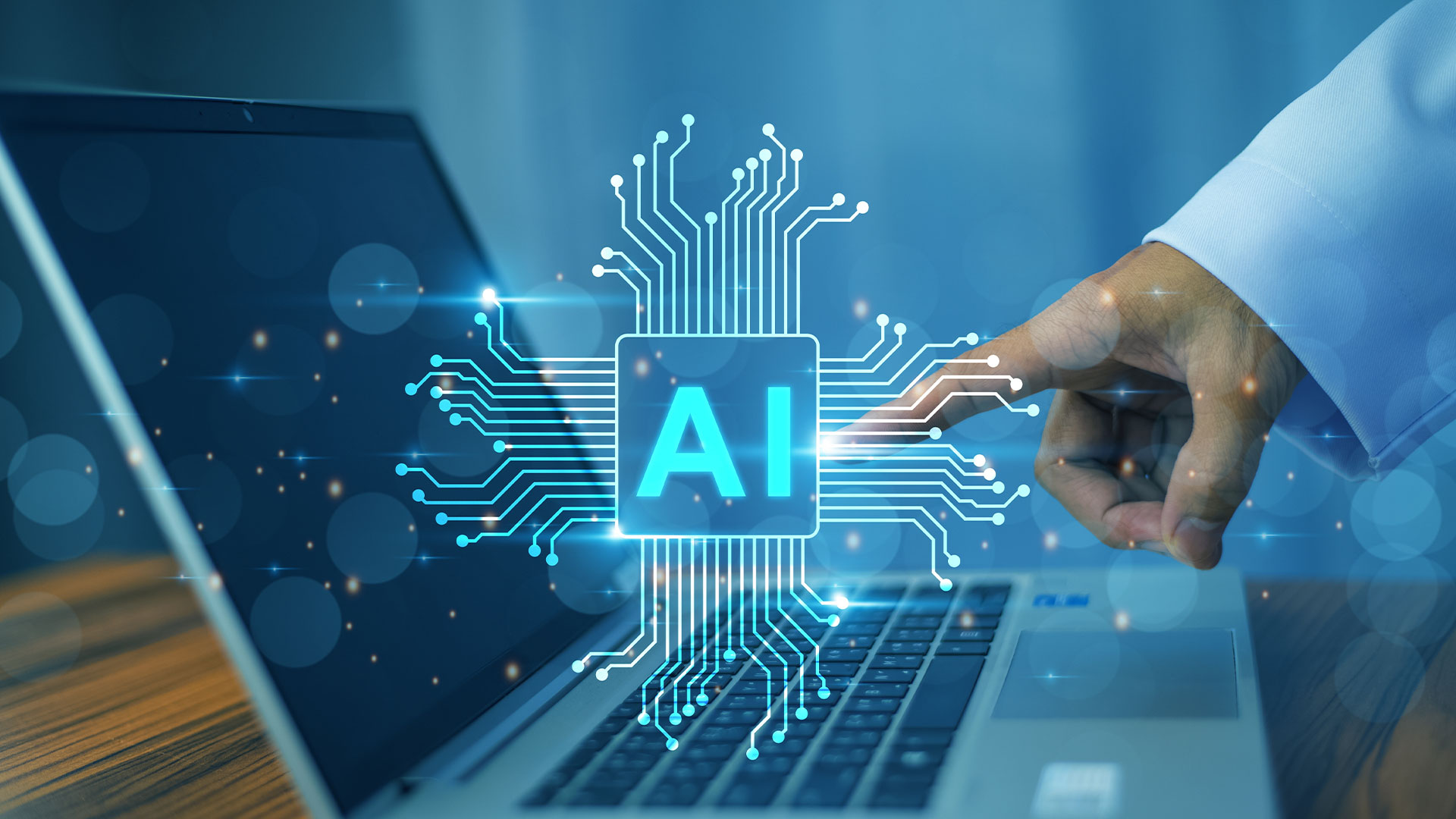Nearly 80% of business leaders say AI automation solutions are the new necessity for digital transformation. These solutions are changing the way we work, think, and operate. With AI automation, businesses can streamline workflows and solve problems traditional automation couldn’t touch.
Big question?
Is the road to an AI automation solution without friction?
The answer
The road to effective AI automation isn’t smooth yet; it’s navigable.
But
Many companies still struggle with unclear ROI, integration challenges, skill gaps, and security concerns.
In this blog, we’ll highlight the challenges with AI automation solutions and will guide you to the best way out.
AI-Driven Automation Solutions: Challenges & Solutions
Challenge
|
Solution
|
What are AI automation solutions?
AI automation solutions are systems, tools, or processes developed to enhance efficiency, automate tasks, and solve complex problems. These solutions help businesses analyze vast amounts of data, identify patterns, make predictions, and optimize workflows in real-time.
Quick Fact: 48% of businesses use some form of AI to utilize big data effectively.
By using machine learning, natural language processing (NLP), and other modern techniques, AI automation solutions often outperform manual processes in terms of speed, accuracy, and scalability.
Here are a few key characteristics of AI-driven automation solutions:
Automation
Automating repetitive or time-consuming tasks like data entry, customer service, or supply chain management.
Predictive Analytics
Using historical data to predict customer behavior, identify potential risks, or improve resource allocation.
Personalization
Tailoring experiences or services to personalized marketing, recommendations, or content delivery based on user data.
Natural Language Understanding
Enabling systems to comprehend and respond to human language using chatbots or virtual assistants.
Real-Time Decision Making
Processing data and making decisions, such as in fraud detection or autonomous vehicles, almost instantly.
Optimization
Analyzing and optimizing complex processes, such as inventory management, pricing models, or logistics routes.
“AI is not a one-size-fits-all solution. It can be categorized based on its capabilities. Each AI automation solution plays a unique role in transforming industries and solving complex problems.”, Vivek Sahay, Director of Sales at OmniConnect
What are the 4 types of AI?
Understanding AI types helps organizations leverage technology more effectively.
Reactive AI
Reactive AI systems are designed to perform specific tasks without relying on past experiences. These systems respond to the present situation rather than learning from past actions. Although Reactive AI has limited scope, it is highly effective for straightforward, rule-based functions.
Limited Memory AI
Limited Memory AI systems can store and learn from previous experiences, improving their performance over time. Unlike reactive AI, these systems use past data to adapt and make better decisions in the future, but the memory is typically limited to the current context.
Theory of Mind AI
Theory of Mind AI refers to systems that understand and interpret human emotions, intentions, beliefs, and thoughts. These systems replicate human-like understanding and behavior, making them more adaptable in dynamic, social environments.
Self-aware AI
Self-aware AI represents the ultimate level of artificial intelligence. These systems are capable of understanding human emotions and context, and they also possess an awareness of their state, thoughts, and surroundings. While this type of AI remains largely theoretical, it’s the next frontier in AI development.
Top 7 Unique Challenges in AI Automation Solution
- Complex Integration with Existing Systems
- Maintaining Human Oversight in Automated Processes
- Risk of Over-Automating or Undermining Flexibility
- Scaling and Customizing AI Automation Solutions
- The Black Box Problem: Lack of Transparency
- Data Dependency and the Challenge of Real-Time Processing
- Security and Privacy Risks
AI automation-specific difficulties arise when integrating AI into operational workflows, maintaining continuous operation, and ensuring the system’s ability to scale and adapt. Let’s explore these AI automation solution challenges in detail:
Complex Integration with Existing Systems
One of the most significant AI automation solution challenges is integrating into existing business systems. Most legacy systems were not designed to work with AI-powered tools. These legacy systems can be incompatible with automation technologies.
Integrating AI automation solutions requires expensive overhauls of IT infrastructure or complicated workarounds. But the first step to embedding an AI automation project is opting for a solution that ensures seamless integration in a cost-effective and timely way.
Maintaining Human Oversight in Automated Processes
AI-powered automation can handle repetitive and data-intensive tasks with incredible efficiency, but there is still a need for human oversight to ensure everything runs smoothly. These systems can also make errors that go unnoticed if there isn’t proper monitoring.
In data-sensitive sectors like healthcare, finance, or customer service, striking the right balance between automation and human supervision is your smoothest pathway to effective AI automation.
Risk of Over-Automating or Undermining Flexibility
AI automation solutions excel in predictable, repetitive tasks, but many business functions still require human judgment, flexibility, and creativity.
Over-automating is risky as it could eliminate the adaptability required to handle unpredictable situations. Organization may lose its ability to pivot quickly in response to changing market conditions or unique customer needs. A balance between automation and flexibility is crucial to avoid alienating customers or compromising on quality.
Scaling and Customizing AI Automation Solutions
AI-driven automation often works well for smaller tasks or pilot projects, but can struggle when scaled across an entire organization. The more complex and varied the processes that need to be automated, the more difficult it becomes to ensure consistency, accuracy, and efficiency at scale. Furthermore, AI automation solutions need to meet the specific requirements of different departments or industries. This adds complexity, both in terms of development and cost, and can delay widespread adoption.
OmniConnect helped a large-sized healthcare organization automate its contact centre capabilities and reduce its operational cost by 48%.
Download – Case Study
The Black Box Problem: Lack of Transparency
AI systems using deep learning are often described as “black boxes” because their decision-making processes can be difficult to interpret. For many organizations, this lack of transparency is a significant concern.
It is also challenging to understand how the system arrived at a particular conclusion or recommendation. This creates trust issues, especially when automation is used in critical areas like finance or healthcare, where compliance and rules are very important.
Data Dependency and the Challenge of Real-Time Processing
83% of businesses claim that they are using AI in their business strategies. But AI-driven automation relies on real-time data to make decisions. Not all organizations have the infrastructure to collect, process, and feed data into AI systems quickly enough.
The inability to process data in real-time can result in delays, missed opportunities, or errors, undermining the effectiveness of the automation system. Additionally, the high volume of data needed for automation can overwhelm existing data management systems.
Security and Privacy Risks
AI automation solutions require access to data that includes customer information, financial records, or proprietary business data. Any vulnerabilities in these systems can lead to cyberattacks, data leaks, or breaches.
Businesses need a secure, encrypted, and compliant solution that can combat AI automation challenges. Exela’s OmniConnect is uniquely developed to help organizations with seamless integration, real-time decision-making, and enhanced operational efficiency.


